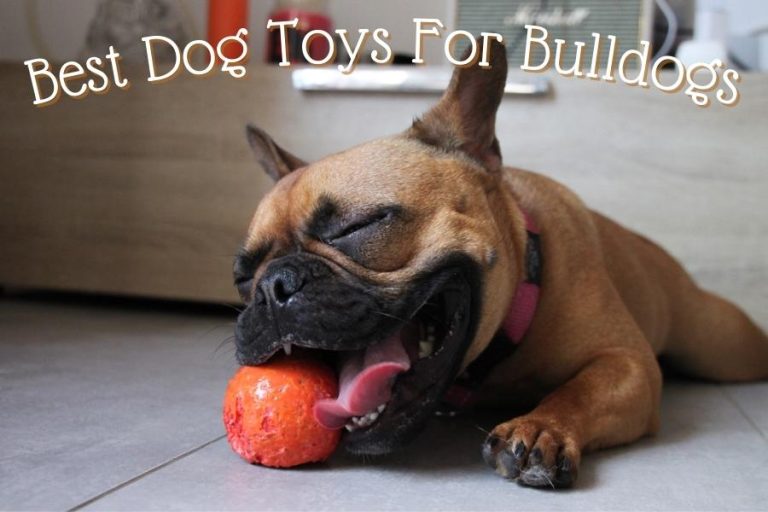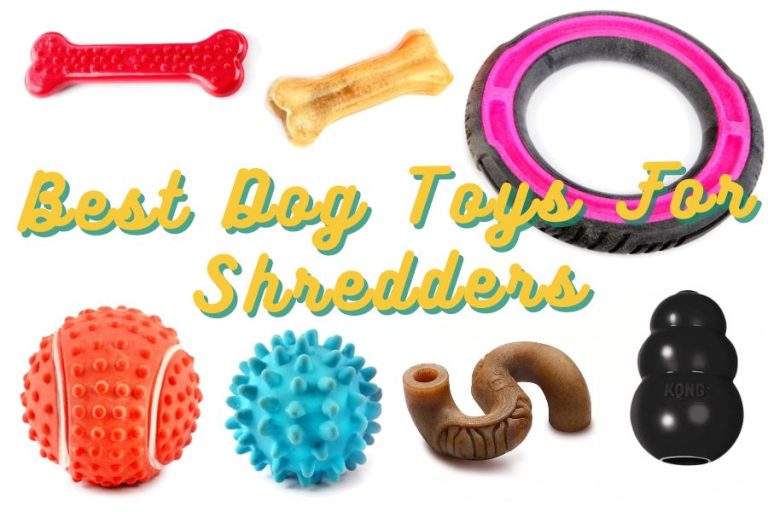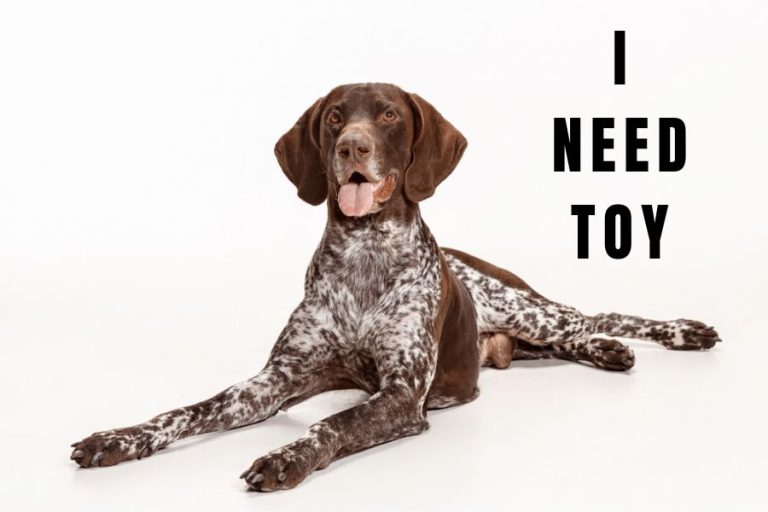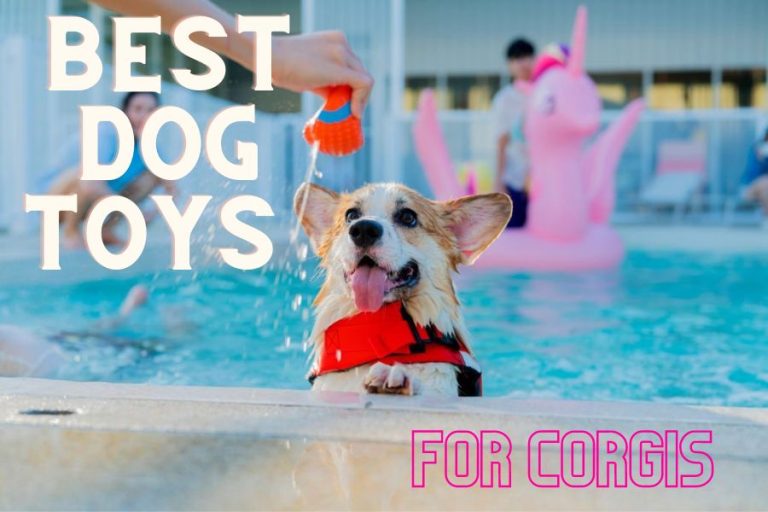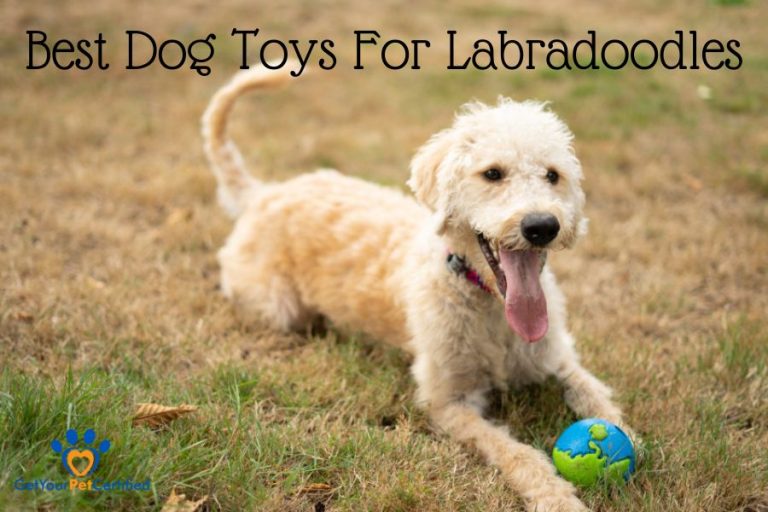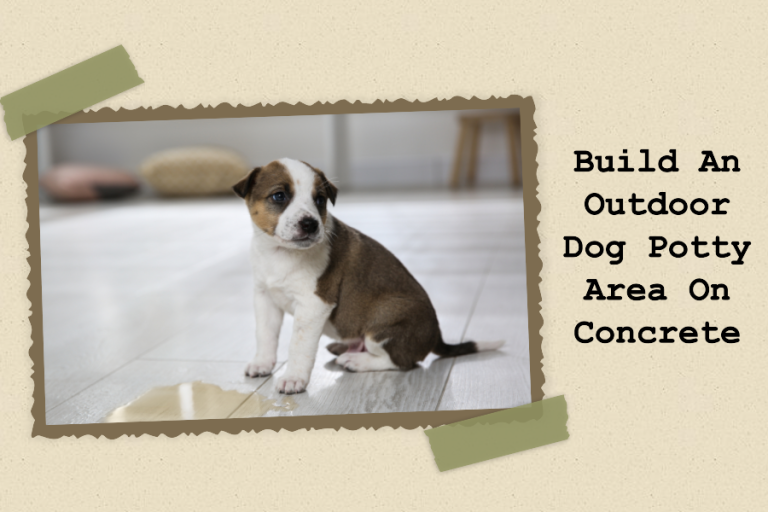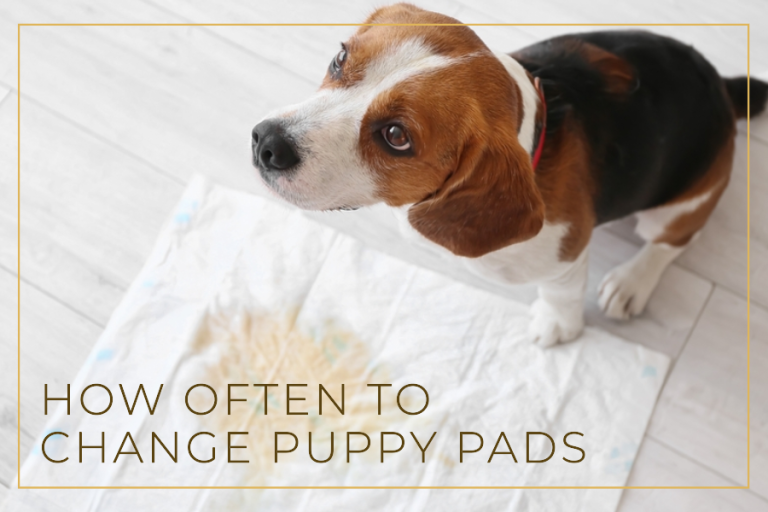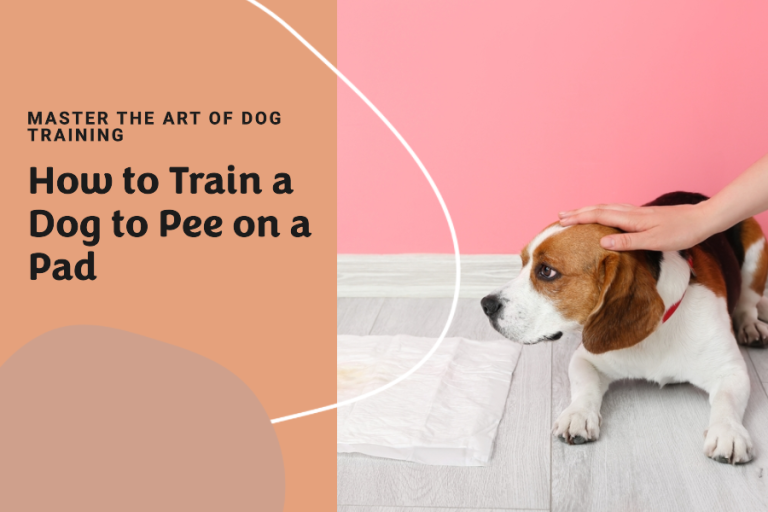How Do You Entertain A Dog That Likes To Dig?
Digging, an innate canine instinct, bestows upon dogs delight and fulfilment. As long as your four-legged friend has a strong desire to dig, you need to find a way to keep their attention while keeping your yard safe.
In this guide, we’ll go on a trip to find out the answer to the question, “How do you entertain a dog that likes to dig?” We aim to teach them how to use their abundant energy more usefully. When you know a lot about what your dog needs, you can make him happy and keep your garden looking nice.
Without further ado, let’s get started!
How Do You Entertain A Dog That Likes To Dig?
Providing Mental Stimulation
Dogs are smart animals that need mental tasks to be happy. By trying out fun, interactive tasks that keep their minds busy, their natural urge to dig is redirected. There are three methods to make them satisfied.
Interactive puzzle toys
Interactive puzzle toys are a stimulating solution for your puppy. With various shapes and hidden compartments, these toys challenge their problem-solving skills.
In this way, you provide the ideal option for dogs that enjoy digging. The toys captivate their curious minds and provide hours of amusement. We can easily find information about toys via e-commerce sites such as Amazon and other platforms or our website.
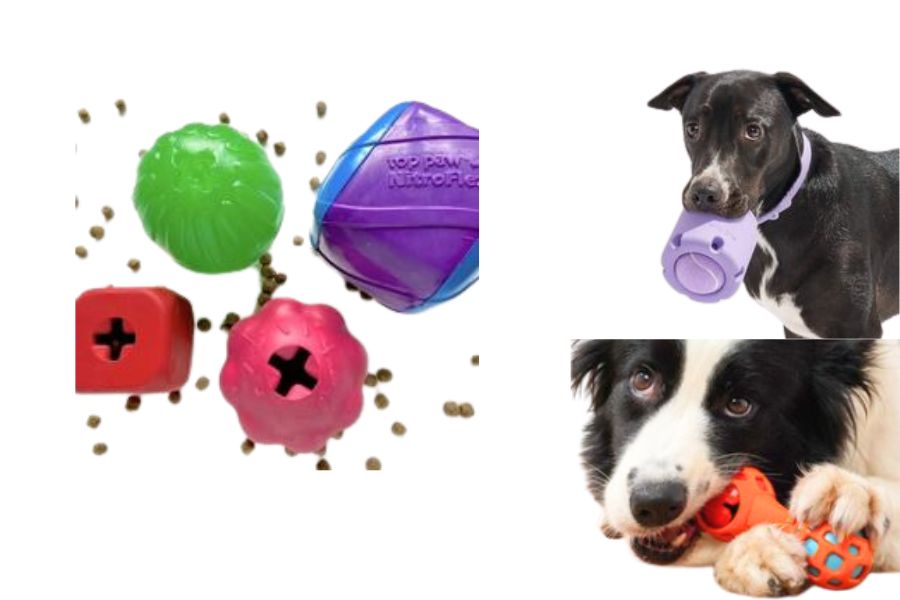
Food-dispensing toys
Toys that give out food are a great way to entertain a dog. As your dog plays with the toy, tasty treats slowly fall out. This process uses their problem-solving skills and helps them feel mentally stimulated and full.
Also, toys that give out food help control fast eaters and encourage better eating habits. Food-dispensing toys can distract your dogs from digging.
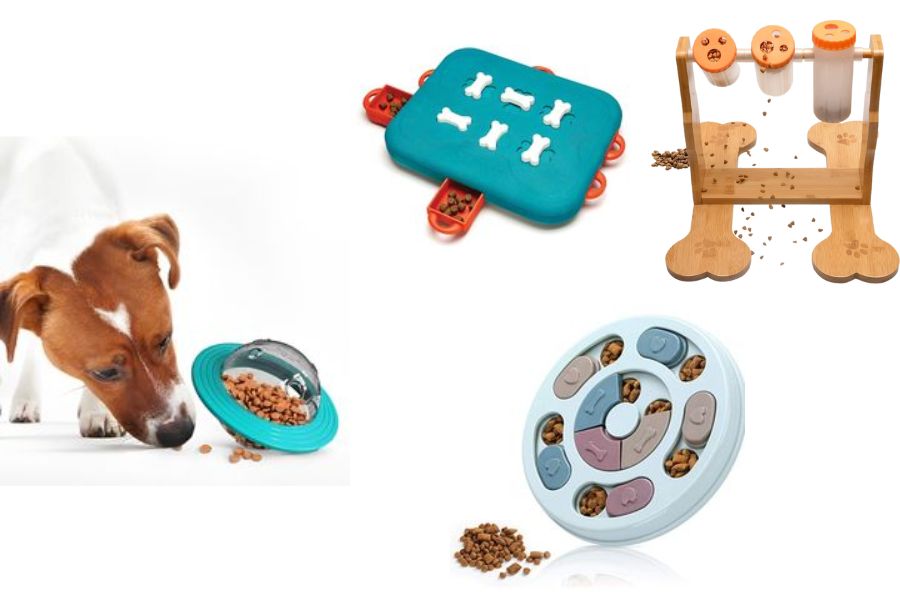
Adapt hide-and-seek into scenting games
In this game variation, the primary objective is for the dog to locate and find a hidden person or object using their sense of smell rather than visual cues. It’s an excellent way to engage dogs mentally and provide them with a stimulating and rewarding activity.
Begin by teaching your dog to associate a specific scent with a reward. Then owners should teach their pet a specific command, such as “search” or “find it,” and praise them when they do. Once your dog has mastered the scenting game indoors, you can take it outside to more complex environments. Create new scents and challenges, making the game even more engaging for your dog.
Moreover, these activities also help you and your dog form a strong bond and have a wonderful time after a tiring day at work.
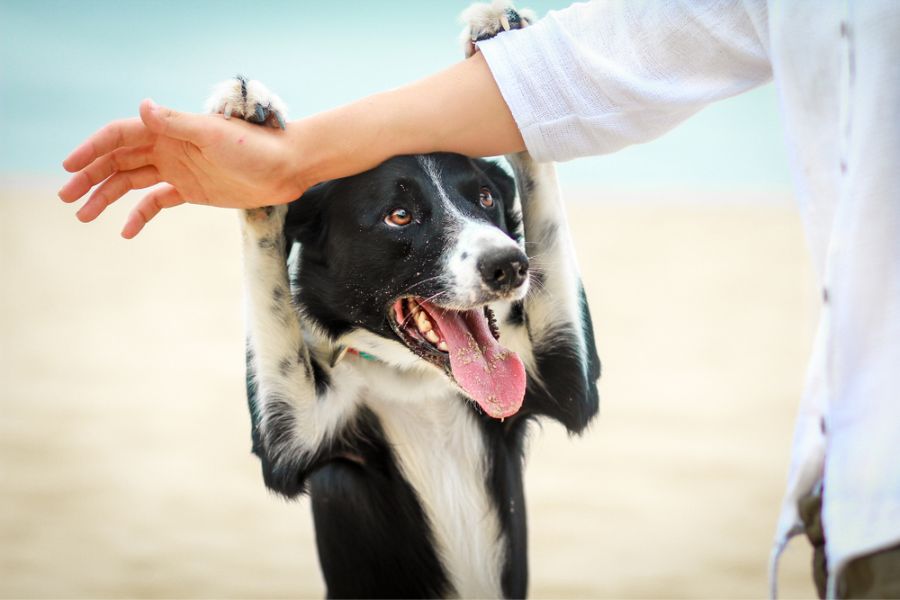
Creating a Digging Area
For dogs that love to dig, making a special place for them to do so is great because they can play in a controlled manner instead of ruining stuff in your house.
Identifying a digging location (Indoor and Outdoor)
When making a special site for your dog, the trick is finding a spot that works well with how your dog likes to dig. Another tip for choosing a spot is that the site should be far from your planting areas.
Finding soft dirt or sand that is easy to move is important because it gives your furry friend the easiest way to start digging. Consider using visual cues or putting up a fence to set a clear limit and give your dog an idea of where digging is allowed.
Likewise, by using an outdoor space that speaks to their feelings and sparks their interests, you give your beloved dog a place to play and reduce their desire to dig in places you don’t want them to.
Remember that each dog has individual preferences, so observe and adjust the digging pit accordingly. To build a digging pit for your dog, follow these steps:
- Select an area in your yard where you’re comfortable with your dog digging.
- Ensure it’s large enough for them to comfortably dig and move around.
- Clear the chosen spot of any rocks, debris, or plants that may interfere with digging.
- Start digging the pit a depth of around 1-2 feet (30-60 cm)
- Fill the pit with a suitable digging substrate. Options include sand, loose soil, or a mixture of soil and fine gravel.
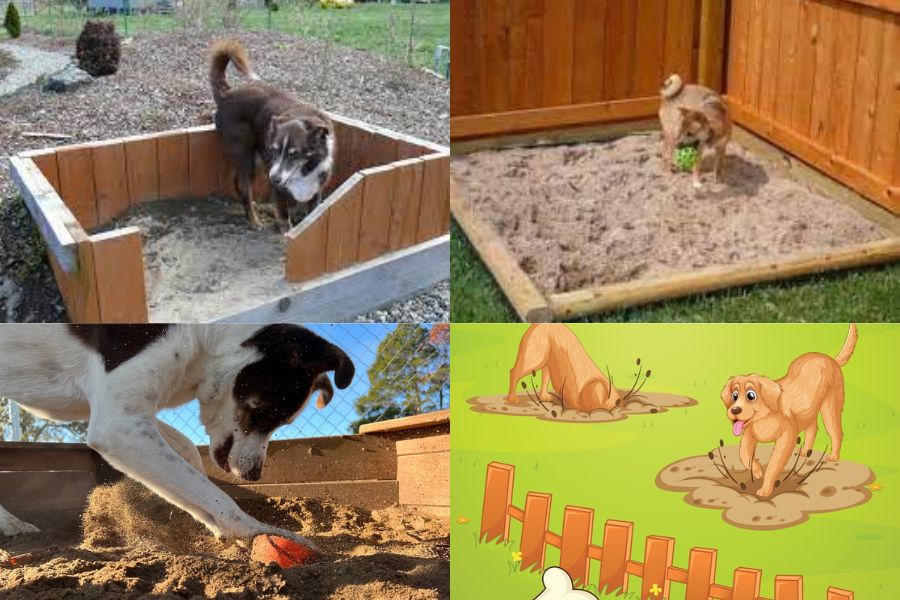
Build a digging place
If you don’t have a suitable place for your dog, you can make one for them by choosing a dog bed and filling it with things that make them happy.
These chosen materials do a good job of imitating the natural textures. Most pets love materials such as sand or soil because they’re soft.
Some objects you can add to satisfy their desire to dig include hidden toys or bones in a sandbox or a special digging bed.
Make sure that the material is deep enough so that your dog will be as comfortable as possible while digging.
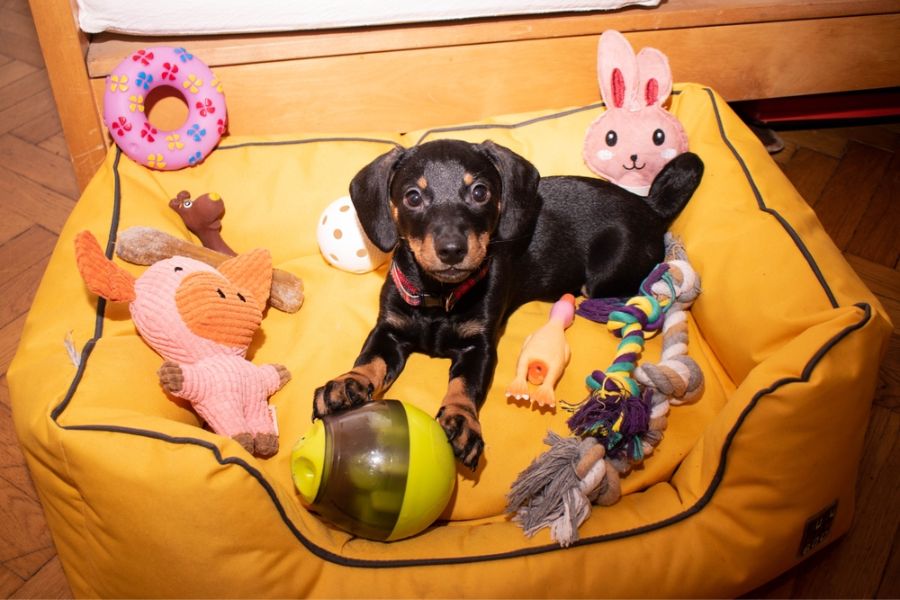
Encouraging digging in the designated area
You must direct your dog’s attention to the right spot, which you prepare by hiding treasures such as fun toys or tasty treats. Give them a prize for digging to encourage them.
It would help if you used visual cues or fencing to create boundaries around the designated spot. Your dog will understand where they are allowed to dig and where they should avoid it.
With a lot of patience, your faithful friend will get used to digging in the area you’ve set aside for them.
What Smell Do Dogs Hate To Stop Digging?
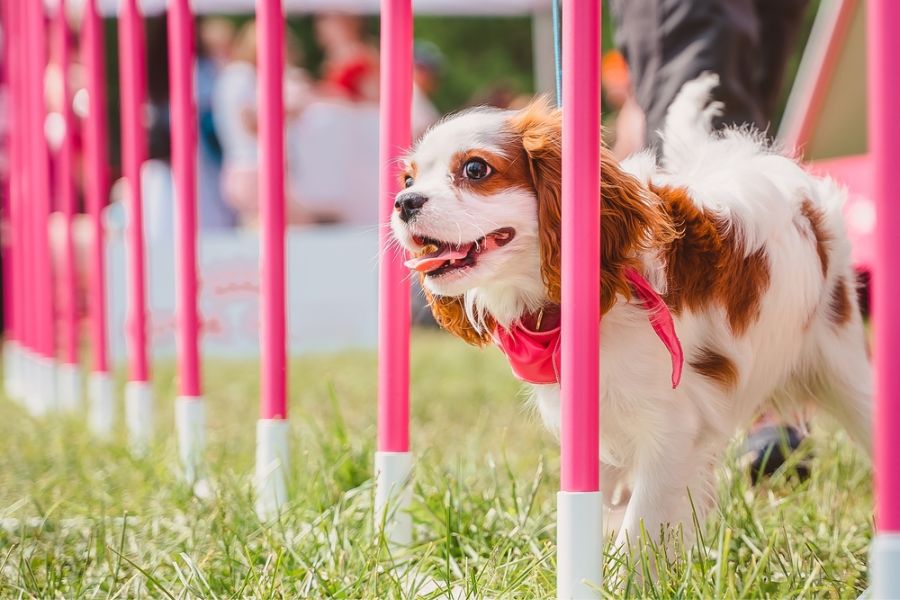
How To Train Your Dog Not To Dig
To make your pets follow your digging plan and get used to it, you need to teach them. There are several ways to train your dog, but here are some methods I recommend you apply.
Teaching “Leave it” or “No Dig” commands
You can teach your dog not to go to certain places to dig by giving it clear signals.
Commands are very important for changing their attention and stopping digging. You can teach them to stop digging when you tell them to “Leave it” or “No Dig”. This training refocuses their energy on other useful activities.
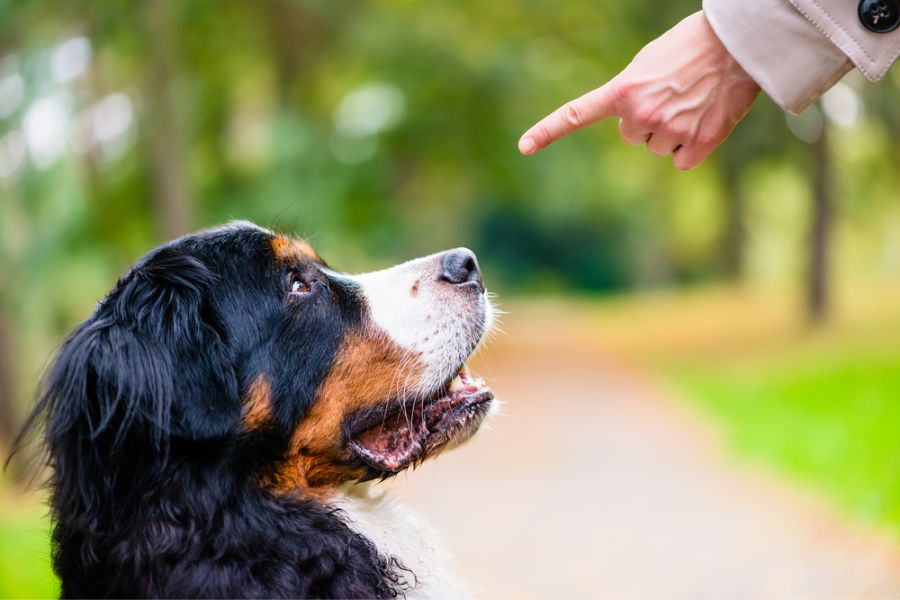
Rewarding desired behaviors
In all cases, rewarding desired behaviors takes center stage when training your dog. You can show your thanks through words of praise, treats, and affectionate actions. When your dogs do something good, like play with a toy, explore a marked area, or do what you ask.
You can encourage your dogs to focus on activities that make them happy by rewarding good behavior. This wonderful encouragement gives them a strong drive to keep making decisions about what to do next.
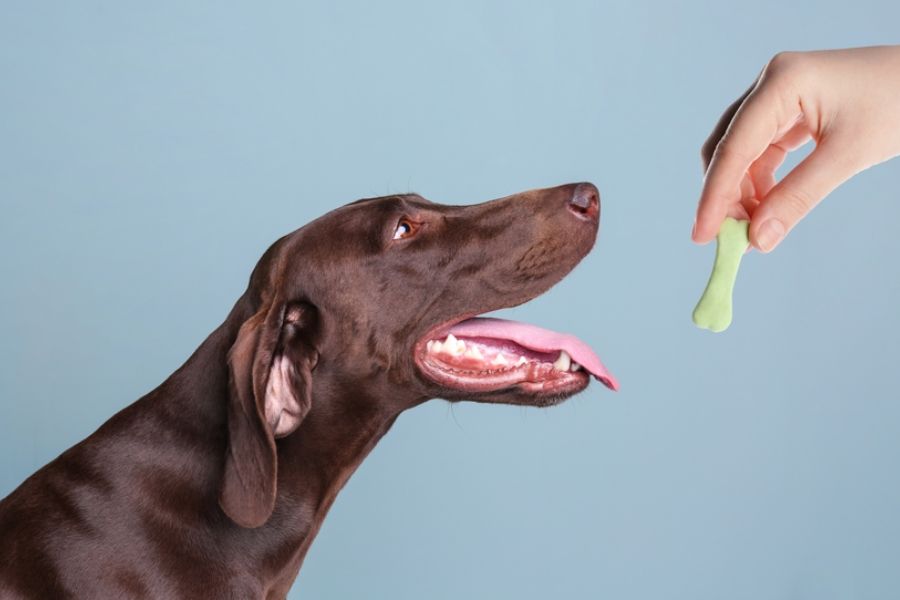
Professional Training and Consultation
I know not all of us have enough time or space to train dogs, so finding experts to help you with your dogs is not a bad idea. These respected experts know a lot about how dogs behave and have the skills to determine why your dog likes to dig.
With the trainer’s help, you learn to praise positive actions and discourage bad ones, like digging. Getting help from a trained dog trainer takes your efforts to the next level and gives you new ideas for keeping your pet-digging enthusiast busy.
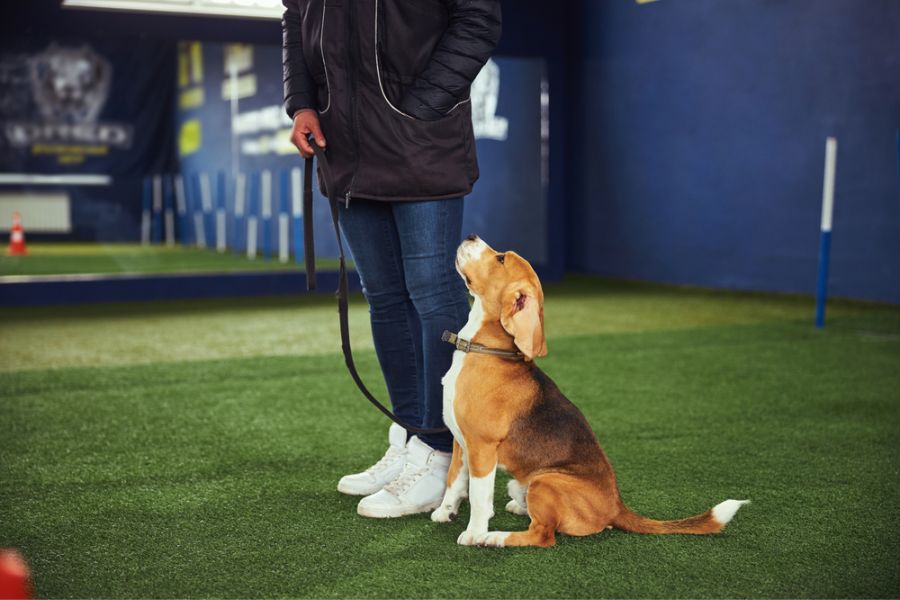
Conclusion
Overall, If you want to keep your dog happy and engaged, you will need these four simple steps:
- Prepare supplies needed
- List some games that your dog can play based on my suggestion or any idea you have
- Having training sessions for your dog by using tricks and commands
- Walks and outdoor activities
Remember to tailor the activities based on your dog’s breed, age, and energy level. Regularly interacting and engaging with your dog through these entertaining activities will help keep them happy, active, and mentally stimulated.


